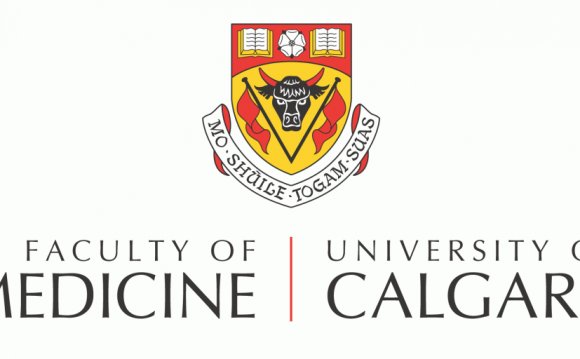
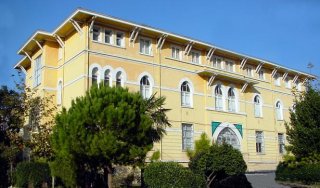 By Nil Sari*
By Nil Sari*
1. The founding associated with museum
Figure 1: Façade of this reputation for drug Museum.
Intellectuals interested in reputation for medicine and professional historians of medication in Turkey are fond of coping with historic material, equipment, and check out galleries in which old artwork are displayed or research manuscripts and old images ranged regarding the racks of libraries. Pieces exhibited in galleries tend to be approached with a warm sensation and imagination of way past years existed, the way they were dressed, the various tools and machines they used, the artwork and handwork they produced etc. However, we hardly ever come across health historians who will be interested in gathering documents or resources of medical history. Beginning with early several years of the foundation regarding the very first Medical History Institution at Istanbul University in 1933 as well as the Medical History Society in 1938, only some of many health historians at tempted to gather pieces.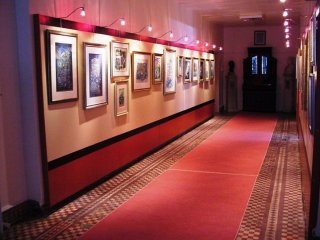 one of those, the late professor Nafiz Uzluk of Ankara healthcare School's medical background division obtained some important traditional medical tools and health manuscripts, but wasn't in a position to found a museum. Some of the pieces he built-up are kept into the Ethnography Museum of Ankara among others in Konya. The late professors of Istanbul University, Süheyl Ünver and Bedii Sehsuvaroglu would be the creators associated with the medical background museum when you look at the health background division for the Istanbul Medical School. In 1983 I began a medical record museum inside Medical History and Deontology division of Cerrahpasha health School therefore was exposed for visitors on 20. May. 1985.
one of those, the late professor Nafiz Uzluk of Ankara healthcare School's medical background division obtained some important traditional medical tools and health manuscripts, but wasn't in a position to found a museum. Some of the pieces he built-up are kept into the Ethnography Museum of Ankara among others in Konya. The late professors of Istanbul University, Süheyl Ünver and Bedii Sehsuvaroglu would be the creators associated with the medical background museum when you look at the health background division for the Istanbul Medical School. In 1983 I began a medical record museum inside Medical History and Deontology division of Cerrahpasha health School therefore was exposed for visitors on 20. May. 1985. Ilter Uzel and Adnan Ataç founded a museum in 1997 during the Military Medical Academy in Ankara. In 2000 a museum of Trakya University had been launched through leadership of Ratip Kazancigil associated with the medical background Department. Right here, Turkish health background is demonstrated by means of mannequins within the Sultan Bayezid II. Hospital in Edirne and ended up being compensated the European Council Museum Prize in 2004.
Ilter Uzel and Adnan Ataç founded a museum in 1997 during the Military Medical Academy in Ankara. In 2000 a museum of Trakya University had been launched through leadership of Ratip Kazancigil associated with the medical background Department. Right here, Turkish health background is demonstrated by means of mannequins within the Sultan Bayezid II. Hospital in Edirne and ended up being compensated the European Council Museum Prize in 2004.
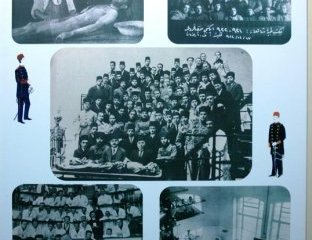
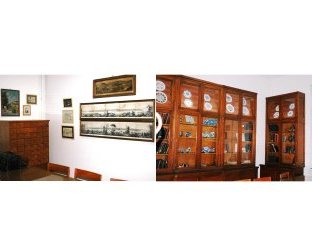
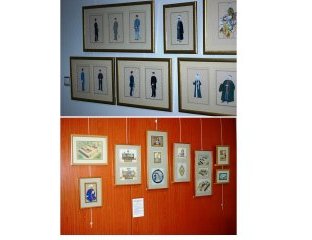

RELATED VIDEO












